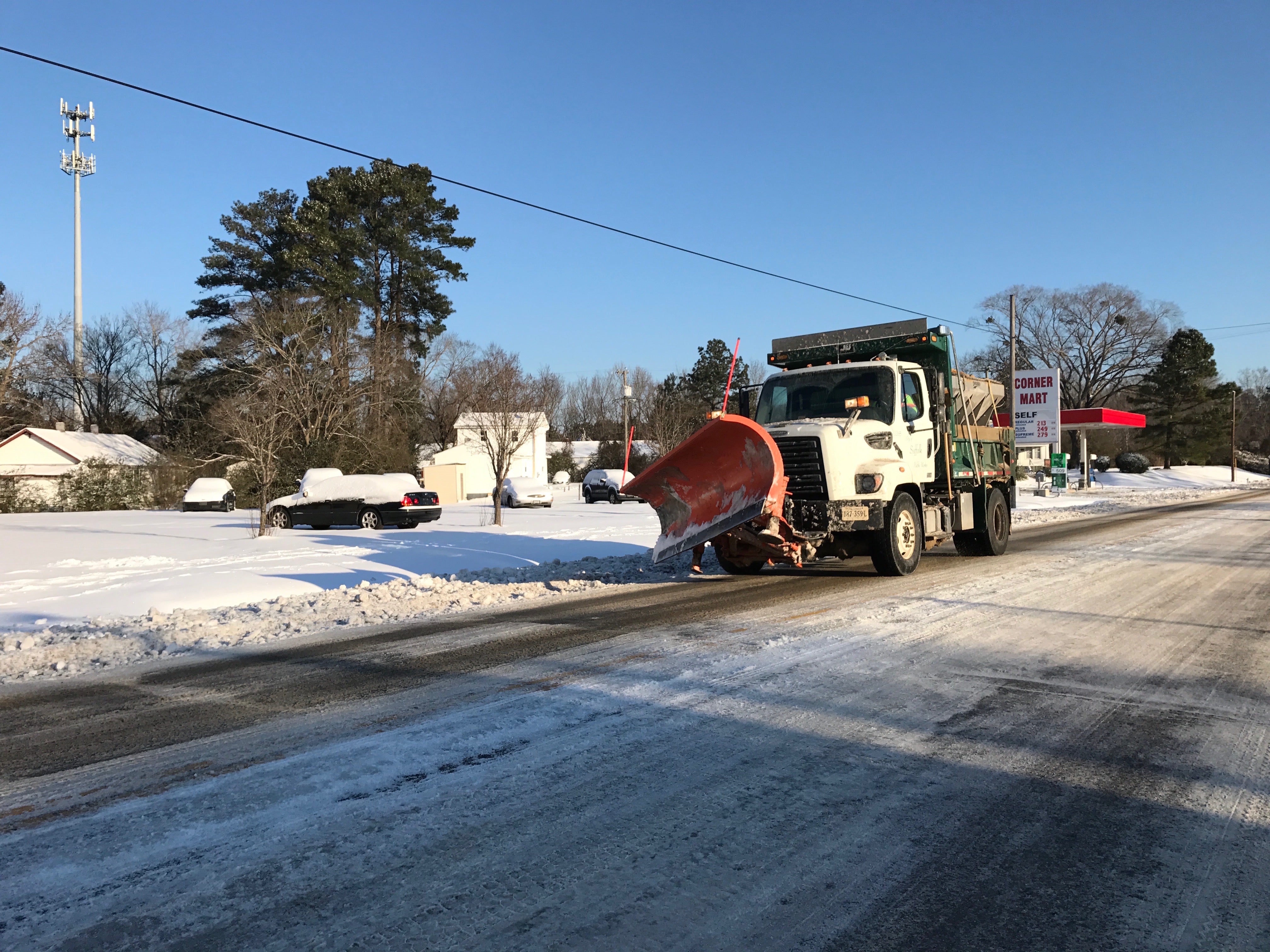Extension office can help farmers fight soybean rust
Published 12:00 am Tuesday, December 21, 2004
Local farmers gearing up to fight the most virulent form of soybean rust that exists should contact the Suffolk extension office.
Phakopsora Pachyrhizi – an invasive fungus that originated in South America – has recently been detected at several locations in the United States, officials said.
Many soybean growers are studying the efficacy of various fungicidal treatments, and trying to understand the cost benefits of spraying for Asian rust.
The extension office, at 440 Market St., is the best place to learn which fungicides are most effective and what method of application is best at various stages of plant growth.
Some of the latest information on soybean rust can be accessed online at http://www.ncipm.org/sobeanrust.
USDA scientists at the Agricultural Research Service (ARS) research facility in Frederick, Md.,
are working to discover soybean varieties that are more rust-resistant.
At the same time, officials at the Animal Plant Health Inspection Service
are designing phytosanitary procedures that can prohibit the spread of soybean fungus via U.S. distribution system.
Asian rust is known to propagate on the underside of green soybean leaves, and with humid conditions can mature and yield new spores in 10 to 20 days.
The brownish lesions on soybean leaves release millions of spores that can be carried by the wind, making containment very difficult.
Asian rust’s ability to spread far and wide gives it the potential to infect soybeans in all parts of the country, said officials.
That is why USDA researchers have struggled tirelessly to find strains of soybean plants that demonstrate resistant characteristics to the fungus.
Right now biologists Morris Conde, Reid Frederick, and Gary Peterson are working at the Foreign Disease/Weed Science Research Unit, a USDA research facility, to develop better rust-resistant soybean varieties.
allison.williams@suffolknewsherald.com



